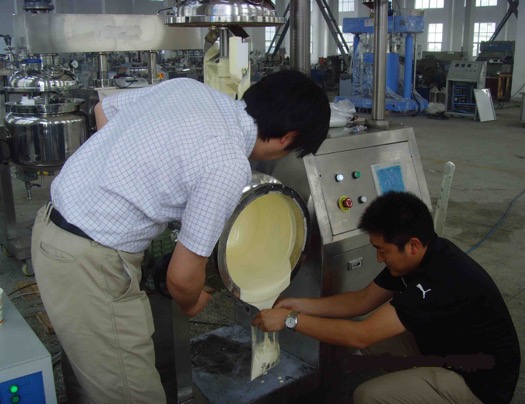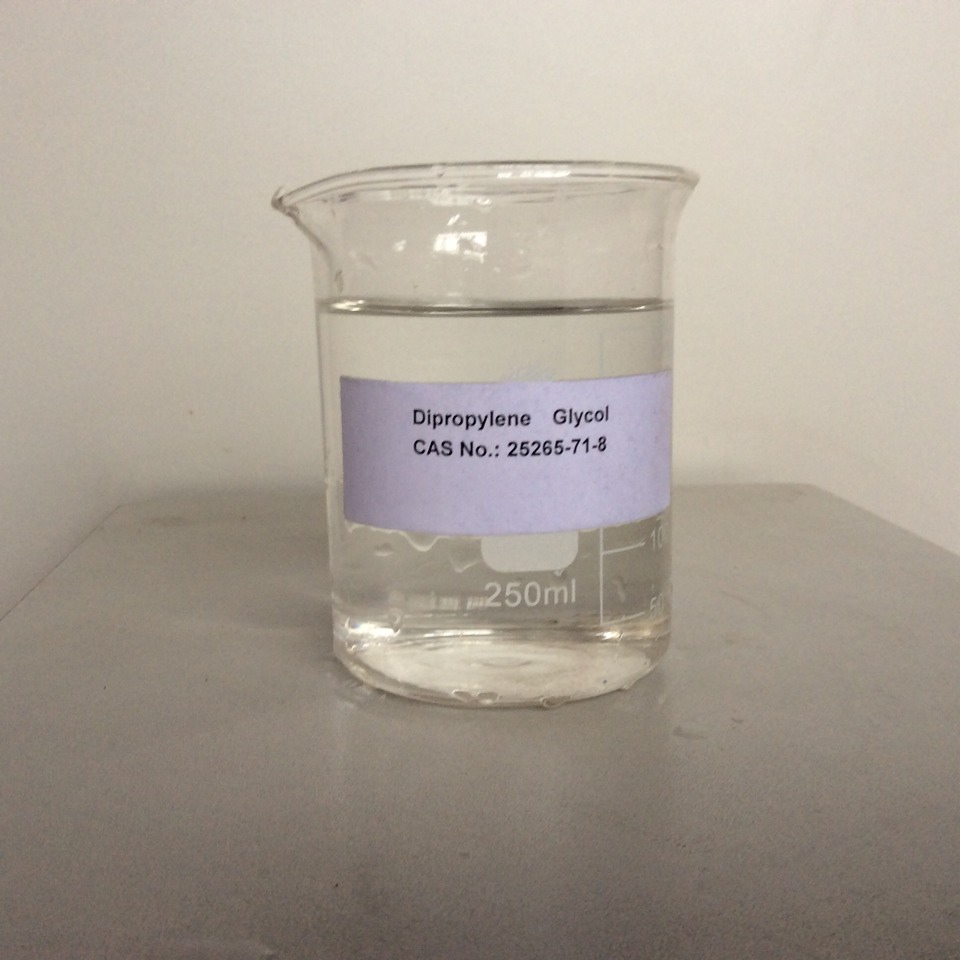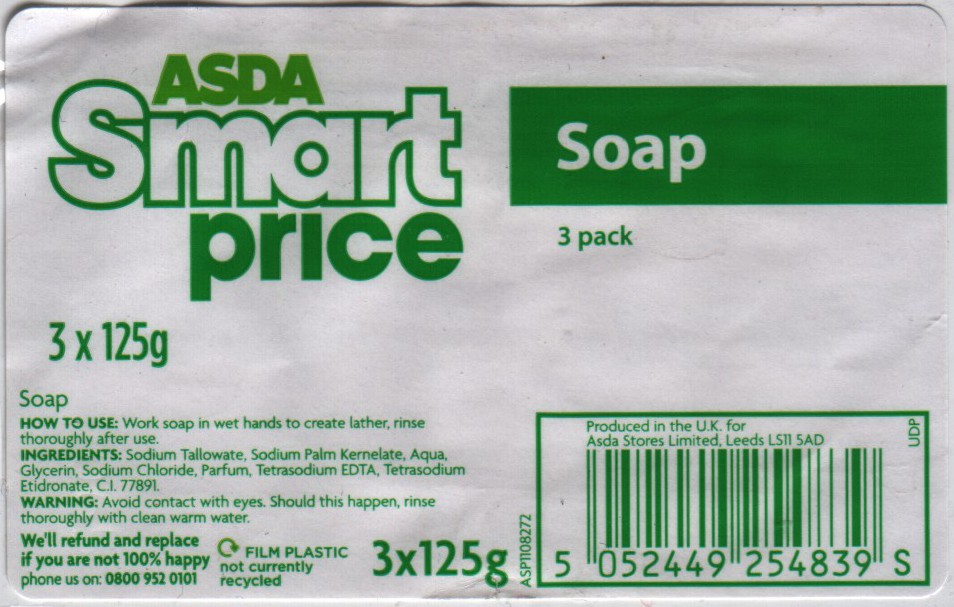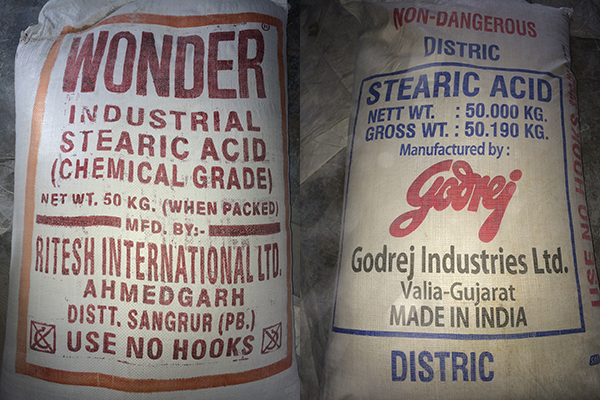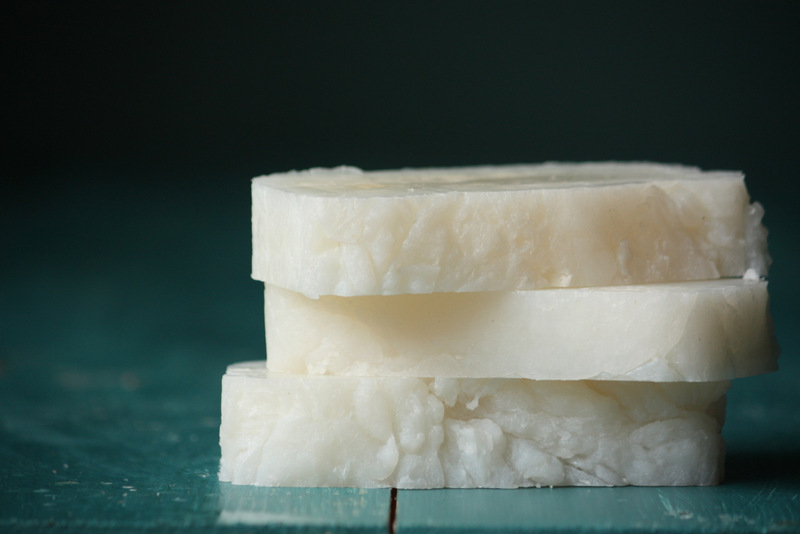Common Ingredients in Commercially-Made Soaps vs Homemade Options
Many commercially-made soap products are not called soaps to begin with, because technically they are detergents. They can’t say their soap products are soap because of the harsh chemicals that are commonly used to make people “feel” cleaner. Consequently, look at a few different brands, and while they may appear to be soap and marketed as soap, they can be just as harmful to the skin as detergents and household cleaners. This should be reason enough for all of us to try and buy organic soaps or make our own, particularly to have on hand during a period of self-sufficiency.
Homogenizing Soaps With Chemicals
The first thing that comes to light is that many soap companies use synthetic chemicals to act as binding agents that hold ingredients together so the finished product looks nice and consistent. However, these same chemicals also double as harsh cleansers that were created and tested extensively for the purposes of putting in soap products. The key was to make them as minimally-irritating and as less-dangerous as possible while still being potent enough to clean the skin. While this seems harmless to the majority of people who use commercial soap, these chemicals do damage the skin and cause a range of problems for many.
Cocomidopropyl Betaine
This synthetic agent is used to make the soap creamy and foamy once it gets wet. It is also a harsh cleanser and de-greasing agent that can also reduce static cling in hair. This chemical is a well-known skin irritant and a contributor to contact dermatitis. Contact dermatitis is essentially a rash that forms from an allergic reaction to a compound or chemical that damages the outer layer of skin.
Dipropylene Glycol
This is a chemical solvent, and too much exposure can irritate the airways, eyes, and lungs. It not only dissolves grease and oils, including the natural ones the body produces, but it also helps bar soap to remain solid when it gets wet. It also helps to retain the creamy consistency of some liquid soap products.
Sodium Tallowate
You know about tallow right? Well this is a derivative of beef fat that is used as a moisturizer in many soap products. There’s also a variation that comes from palm oil that does the same thing. In both cases, the fats are known to clog pores, cause blackheads and even contribute to eczema outbreaks. Not only that, but we’re putting processed animal fat onto our bodies.
Stearic Acid
Stearic acid is an amino acid that works as a cleansing agent, but it’s derived from natural sources. However, it is also an acid that can irritate the skin, eyes and mucous membranes.
Keep in mind that these are just some of the ingredients listed on some of the “gentler” soap products out there. There are many other harsher combinations being used for stronger soaps. Companies need to use chemicals to give soap its effectiveness, fragrance, texture, and appearance. Then they need to use more chemicals to try and minimize the damage that these substances can have on the skin. Then they add certain moisturizers or vitamins (often buried within harmful compounds) in order to replenish and soften the skin.
Natural Ingredients
These are a far cry from the ingredients found in many natural, homemade products. Things like coconut oil, olive oil, essential oils for fragrance, lye (processed to neutralize burning) and salt are common examples. The compounds in the oils, along with the lye or salt can remove dirt and grime without damaging the skin, and they infuse the skin with nutrients at the same time.
While natural soaps may not foam up as much as synthetic variants, they work just as well, if not better than their commercial counterparts. We’ve highlighted different homemade soap recipes here before, and will continue to do so from time to time. However, there are hundreds of different recipes out there, and most of them use common ingredients that are easy to put together. Take some time to experiment with different ones in order to get in the habit of making your own soap products. This will help avoid exposure to harsh chemicals that may end up doing more harm than good over time.

